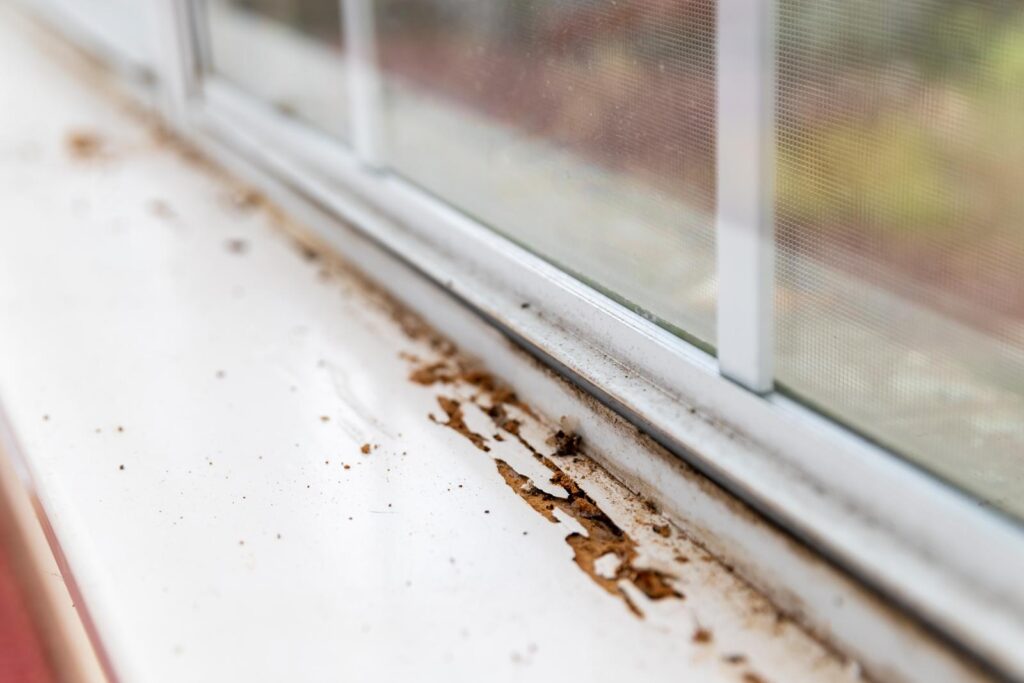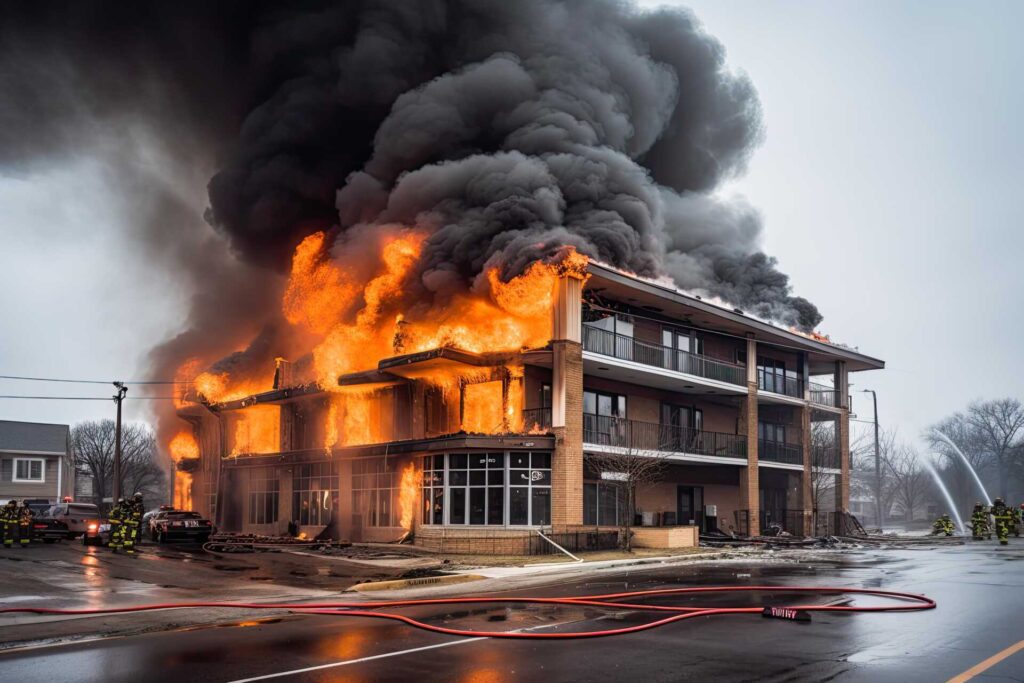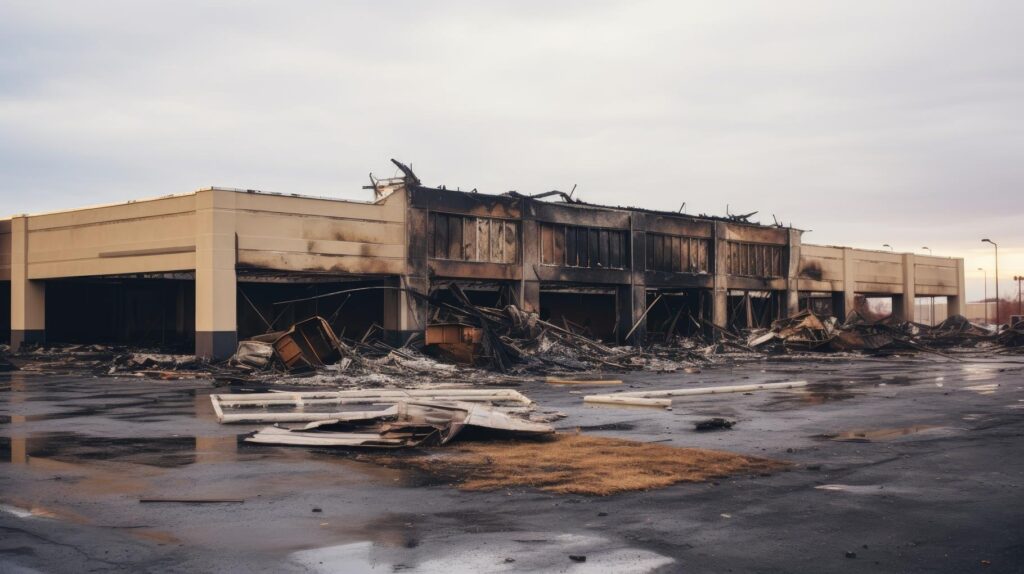
Contents
Navigating the world of mold remediation service costs can feel like wandering through a dense fog, obscuring what you truly need to know. You might find yourself wondering how much it’ll really set you back and what factors come into play. With costs ranging from a few hundred to several thousand dollars, understanding what influences these prices is crucial. Are DIY methods worth the risk, or should you lean on professionals? The answers could significantly impact your wallet and your home’s safety.
Key Takeaways
- Mold remediation costs typically range from $500 to $6,000, with an average between $1,500 and $3,000 depending on the extent of the problem.
- Professional remediation services charge between $10 to $25 per square foot, while inspection fees average $200 to $500.
- Hidden mold or extensive infestations can significantly increase costs due to the need for specialized removal and repairs.
- DIY remediation may seem cheaper initially, but improper handling can lead to more significant issues and higher costs later.
- Insurance coverage for mold varies widely; homeowners should review policies to understand coverage limits and avoid unexpected expenses.
Factors Influencing Mold Remediation Costs
Understanding the factors influencing mold remediation costs is crucial for homeowners facing this common issue. You might be surprised to learn that several variables can significantly impact the expenses associated with addressing mold growth in your home.
First, the extent of the mold problem plays a critical role. If the mold is confined to a small area, remediation techniques will typically be less costly compared to more extensive infestations that require comprehensive treatment.
Another factor is the type of mold present. Certain species, like black mold, pose more health risks and often necessitate specialized removal techniques, which can increase costs.
Additionally, the location of the mold—whether it’s hidden behind walls, in crawl spaces, or on ceilings—can complicate the remediation process, further affecting your budget.
The materials involved also influence costs. For instance, if mold has penetrated structural elements, you might need to replace damaged materials, which adds to your expenses.
Furthermore, the choice of remediation techniques you select can impact the final bill. Some homeowners opt for DIY solutions to cut costs, while others prefer professional services for thoroughness and safety, especially when dealing with extensive mold growth.
Lastly, geographic location can affect pricing due to varying labor costs and availability of mold remediation specialists.
Average Cost Breakdown
Typically, homeowners can expect to pay between $500 and $6,000 for mold remediation services, depending on various factors.
One significant aspect influencing cost is the type of mold present. Common mold types include black mold, which often necessitates more rigorous remediation techniques due to its toxic nature, and other less harmful varieties. The presence of hazardous mold can lead to higher expenses, as it requires specialized handling and equipment.
The size of the affected area also plays a crucial role in determining the overall cost. If you’re dealing with a small, contained mold issue, you might pay less, while extensive infestations can drive costs up significantly.
Remediation techniques vary, too; for instance, simple cleaning may suffice for minor cases, but larger outbreaks could involve advanced methods like encapsulation or even the removal of affected materials.
Labor costs are another factor. It’s essential to consider whether you’re hiring a professional service or tackling the issue yourself. While DIY might seem like a cost-effective option, improper handling can lead to more significant problems and expenses down the line.
Lastly, the location of your home can influence pricing. Urban areas with higher living costs may see increased fees for both materials and labor.
Understanding these factors will help you plan and budget effectively for mold remediation, ensuring that your home remains safe and healthy for you and your loved ones.
Emergency Situations and Pricing
When faced with a mold emergency, you might find that pricing can vary significantly compared to standard remediation situations. In urgent situations, the need for immediate action often escalates costs due to the emergency response required. Companies specializing in mold remediation understand the heightened stakes and typically charge a premium for rapid service, which can range from 20% to 50% more than regular rates.
In emergencies, time is of the essence. The longer you wait, the worse the mold problem can become, leading to potential damage to your property and health risks. This urgency influences the overall pricing structure. Emergency response teams usually mobilize quickly, often working around the clock to contain the issue, which may also factor into labor costs.
Additionally, specialized equipment and materials may be needed to address severe mold infestations effectively. For example, if water damage accompanies the mold, you may require dehumidifiers and air scrubbers, which can further increase expenses.
It’s important to ask for a detailed estimate before any work begins, as some companies may charge additional fees for after-hours services or travel expenses.
Ultimately, while you may feel the pinch in your wallet during an emergency situation, addressing mold swiftly can save you from more significant costs down the line. Prioritizing your health and safety, along with property preservation, makes it crucial to understand these pricing dynamics when seeking immediate mold remediation services.
Comparing DIY vs. Professional Services
Many homeowners grapple with the decision of whether to tackle mold remediation themselves or hire professional services. Weighing the options can be challenging, especially when you consider the potential risks of mold exposure and the effectiveness of various approaches.
DIY methods often seem appealing due to their lower upfront costs, but they come with limitations. When you opt for DIY, you might use commercial mold removers or natural solutions like vinegar and baking soda. These methods can handle small patches of mold effectively, especially if you’re diligent about the cleanup process.
However, without proper training, you might miss hidden mold or fail to address the underlying moisture issue that caused the problem in the first place. This can lead to recurring mold growth, ultimately costing you more in the long run.
On the other hand, professional techniques bring a wealth of expertise and specialized equipment to the table. Trained professionals assess the extent of the mold problem, identify moisture sources, and use advanced methods like HEPA vacuums and antimicrobial treatments.
They also follow safety protocols to minimize health risks during the remediation process. While hiring experts may seem more expensive initially, their thorough approach often saves you time, stress, and potential health hazards down the line.
In the end, choosing between DIY methods and professional services depends on the severity of the mold issue and your comfort level with handling such situations. Consider what makes the most sense for your home and well-being.
Insurance Coverage for Mold Remediation
Understanding the financial implications of mold remediation often leads homeowners to consider insurance coverage. You may find that not all policies include mold insurance, and the specifics can vary significantly. It’s crucial to review your policy’s coverage limits and stipulations to determine what’s applicable in your case.
Many policies have exclusions or specific limits regarding mold damage. For instance, some may cover mold removal due to a water leak but not from long-standing issues. Here’s a brief overview of common types of coverage related to mold remediation:
| Type of Coverage | Description | Coverage Limits |
|---|---|---|
| Homeowners Insurance | Generally covers sudden and accidental mold | Typically up to $10,000 |
| Flood Insurance | Covers mold resulting from flood damage | Varies, often $5,000 – $20,000 |
| Specialty Mold Insurance | Specifically designed for mold issues | Can cover up to $50,000 or more |
When evaluating your policy, ask your insurer about mold coverage specifics. Some homeowners mistakenly think their coverage is sufficient, only to discover it lacks adequate protection. Being proactive and informed can save you from unexpected financial burdens. Familiarize yourself with your coverage limits and consider additional insurance if necessary, ensuring you’re prepared for any mold-related challenges that may arise.
To Sum Up
In the end, understanding mold remediation costs can save you a bundle. By recognizing the factors that influence pricing and weighing your options between DIY and professional services, you can make informed decisions. Don’t let mold be the monkey on your back; investing in professional help often pays off in the long run. Remember, thorough remediation not only addresses current issues but also helps prevent future headaches, ensuring your home stays safe and healthy.



